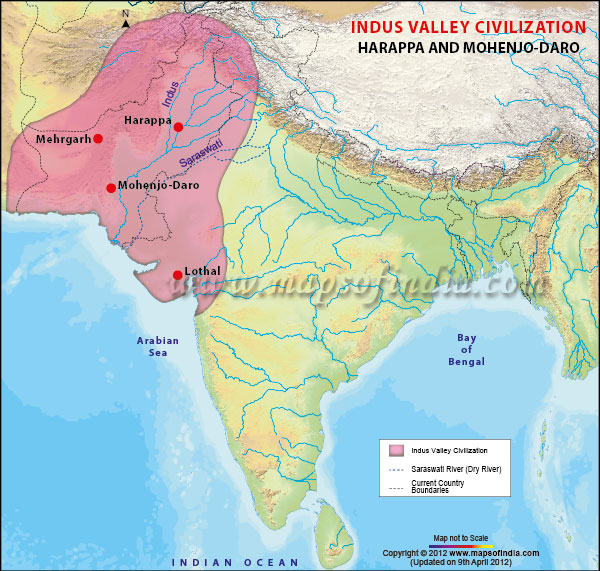There’s not a lot of optimism going round the Middle East right now, but if there is one speck of hope it's that in decades to come this may turn out to be the year that something finally shifted on the Israeli-Palestinian front.
I'm aware that such a statement will seem premature. The Israeli government is hugely likely to swing even further right in elections set for spring. The Palestinian president is old and increasingly irrelevant. Israel's aggressive settlement expansion policy shows no sign of slowing. And the two main Palestinian parties seem utterly unable to put together any sort of united front.
But all of this makes the need for a settlement in the next few years even more pressing.
Putting off the issue of Palestinian self-determination undermines those who advocate peaceful negotiations - for what, after nearly 20 years of peace talks, do they have to show for it?
Equally, the lack of progress empowers those who argue that violence is the only salve for the frustration and desperation felt by more than 4 million stateless people - not counting the refugees outside the Palestinian territories.
Finally, there have been clear signs this year that the international community - or to be more specific, Europe - is waking up to this.
The European Parliament's recognition "in principle" of the Palestinian state on Wednesday tops off an unprecedented few months of similar moves across the continent: Sweden’s government officially recognised Palestine in October, while the UK, France, Spain, Ireland and Luxembourg all held symbolic votes that urged their governments to do the same.
In a further slap in the face for Prime Minister Benjamin Netanyahu's hawkish government, signatories to the Geneva Convention explicitly called out Israel for violating international humanitarian law by building settlements on occupied territory, while the European Court of Justice temporarily (pending the inevitable appeal) removed Hamas from the bloc's blacklist of terrorist organisations over what it called a legal technicality. And all this in one day.
But Wednesday had a few more surprises before it was over.
Over in New York, the Palestinians managed to overcome intense US opposition to convince Jordan to go ahead with its plan to submit a draft resolution to the United Nations Security Council calling for a negotiated solution to be reached within a year and Israeli security forces to pull out by the end of 2017.
Tellingly, they did not demand the instant vote they were reported to have wanted, instead leaving it open to fiddling, and for good reason: the resolution as it stands has no chance in hell of avoiding the mighty US veto, which for decades has been generously wielded whenever Israel's interests are at risk.
But France, Britain and Germany are working on a softer resolution that not only may prove more amenable to the US, but would also be much harder to veto, coming as it would from two of the UN Security Council's permanent members.
The parameters are expected to be largely the same: some sort of deadline for negotiating a solution to the conflict based on the pre-1967 borders and an end to the Israeli occupation.
The Israelis are likely to slam this too as a "unilateral move" that is being imposed on them, although they will have to tread carefully considering the EU is their biggest trading partner.
But the truth of the matter is that a unilateral solution needs to be imposed. Open-ended negotiations have proven themselves a failed formula, particularly under the stewardship of the US, and the only way forward is a more structured approach that puts the two sides on a more even keel.
This is especially important because both sides have unpalatable concessions to make and ugly truths to confront, necessitating a certain amount of arm-twisting if a peace agreement is ever to be reached.
The Israelis must face up the fact that their country was carved out of a land that has been inhabited by Arabs for many centuries, and that the continued presence of Muslims, both inside and outside Israel, is a reality.
Israeli Arabs cannot be second-class citizens, and their historical connection to the area cannot be denied. Neither can the Palestinians be asked to forego their security and right to self-determination so that the Israelis can enjoy theirs. As difficult as it is, Jerusalem must be a shared capital - it is not Israel's to take.
The Palestinians, in turn, must recognise that their country as they knew it is gone, and accept that it is no longer logistically possible for all the refugees created by the wars of the past few decades plus their descendants to return to what is known by many as "48 Palestine".
All parties must renounce violence and, of course, Hamas's controversial charter must be scrapped, or else totally redrawn to include an explicit recognition of Israel's right to exist.
There must also be an acceptance of the fact that, for a long time, the onus will be on the Palestinians to ensure that new-found freedom does not give way to radicalism, and that certain security measures are inevitable for years to come.
These are difficult issues, some of which go to the very heart of the collective consciousness of both peoples and touch on long-established narratives engrained in each nation's identity.
It is no surprise that no solution has yet been found to the conflict, but perhaps in 20 years’ time, we might look back at 2014 and say this was the year all that started to change. ·
Peace in our time? 2014 could prove a Middle East watershed by theweek.co.uk


